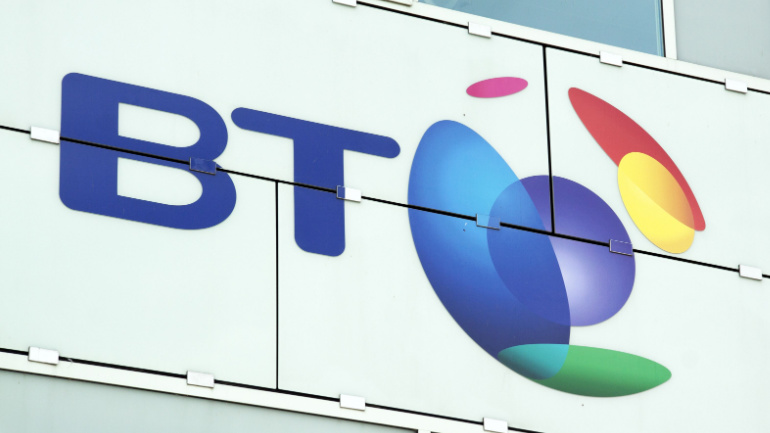Discover Altnets and ISPA’s newly launched report’s deep dive into UK’s full fibre broadband sector. Unearth historical setbacks and the transformative impact of procurement strategies in this detailed analysis. Insight-packed, it fosters understanding of the sector’s intricacies and highlights Altnets’ contribution to the gigabit broadband transition.
DIDWW, a global provider of premium quality VoIP communications and SIP trunking services, is proud to announce the acquisition of national telecom operator licenses in Hong Kong. This significant milestone reinforces DIDWW’s commitment to deliver top-tier telecom services and expand its global footprint. With licenses already held in 28 countries and its own numbering resources in 13 regions, DIDWW affirms its extensive reach and comprehensive telecom capabilities to meet the evolving needs of businesses worldwide.
CMC Networks (“CMC”) a leading provider of global telecommunications services and ConnectiviTree (Europe) AG (“ConnectiviTree”), a trailblazer in digital infrastructure solutions, are proud to announce they have signed a Co-Operation Agreement. This transformative partnership brings together ConnectiviTree’s innovative technology and RootNet network and CMC Networks’ extensive reach to revolutionize the landscape of global connectivity.
Navigating the shift from traditional to cloud-based communication systems amidst a growing hybrid work culture, HCS steps up to provide sustainable solutions. With a new division dedicated to this transition, the telecom giant anticipates significant returns and business expansion.
Navigating the challenging mandates of the dynamic telecommunications world, UK’s premier telecom operator, BT, stumbles upon an obstacle. The company has failed to adhere to the deadline for the complete removal of Huawei equipment from its core network. The deadline, already deferred twice, raises doubts over the telecom titan’s ability to successfully transition away from Huawei’s infrastructure within the stipulated timeframe. A UK law dictates all network carriers to rid their systems of Huawei equipment by the end of 2027.
As Germany’s “Gigabit funding 2.0” program faces potential budget reductions, there’s concern it may throttle the rollout process with overcrowded construction capacity, causing a potential lag in projects. Meanwhile, the Federal Ministry for Digital Affairs declares a €3.6 billion allocation for the ourishing fibre-optic network industry.
Embark on a festive journey with our 12 articles – one for each day of Christmas – exploring the dynamic realms of VoIP and the telecommunications sector. From unveiling the trends shaping the industry to enhancing professional communication skills and delving into the future of sustainable communications, each article offers a unique perspective on the evolution and impact of telecommunications.
Telecommunications is a dynamic sector that offers exciting career opportunities, yet often overlooked by young individuals. Despite over 60% of telecom engineers being over 50, the youth seem to overlook it. It is crucial to emphasize the need for fresh talent to join this fast-growing, top-paying industry that heavily influences our daily lives. Even for those not a tech gurus, there are a multitude of roles available in the field, from design engineer to satellite engineer. Engaging in telecommunications has the potential to offer opportunities for global travel, like Emma Philpott, who had no initial telecom intent yet found herself traveling from Abu Dhabi to Antarctica.
Several prominent German telecoms associations, including ANGA, Bitkom, BREKO, BUGLAS, and VATM, have united in a call to the German government, urging a reduction in funding for fibre-optic projects. Citing concerns over the overwhelming response to the German Gigabit funding program, the associations propose a cut in funding to €1 billion between 2024-2026.
In a groundbreaking move, Iliad and Vodafone are set to join forces in a strategic merger that has gained unanimous support from Iliad’s board of directors and its primary shareholder, Xavier Niel. The proposal aims to amalgamate Iliad’s ‘innovative approach to connectivity, affordability, and digital inclusivity’ with Vodafone’s expertise in the business-to-business (B2B) sector.













